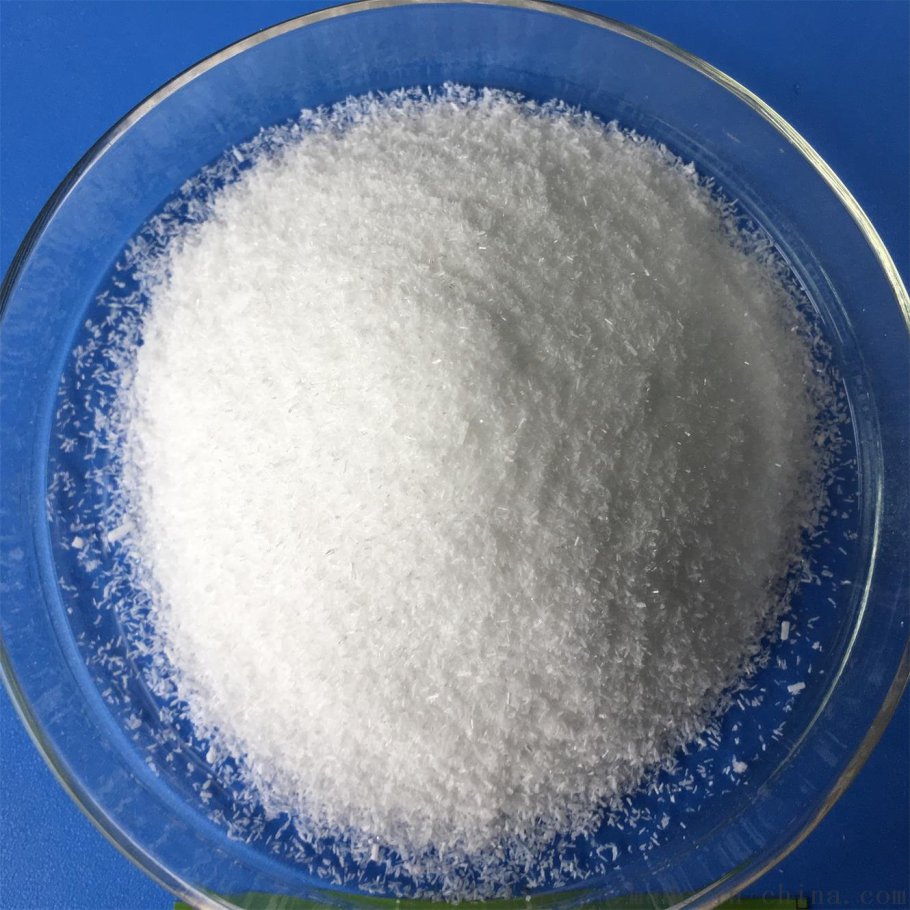Flame retardants are used to improve the flame resistance of molecular materials. By increasing the ignition point of molecular materials or reducing the burning speed of materials, they can increase rescue time, save lives, and reduce loss.
According to structure, flame retardants can be divided into macromolecular polymeric and small molecule flame retardants; according to the method of use, they can be divided into additive flame retardants. and reactive flame retardants; according to whether the material contains halogen, it can be divided into halogen flame retardants and halogen-free flame retardants. Additive flame retardants are mostly used in thermoplastic polymer materials. They do not react chemically with other components in the material and only exist in the polymer material in a physical way. Reactive flame retardants are mostly used in thermosetting polymer materials, participating in the chemical reactions of synthetic polymer materials and becoming the structural units of polymer materials.

When polymer materials are ignited by an open flame, they will undergo a violent oxidation reaction and release a large amount of hydroxyl groups. Because hydroxyl groups are very reactive, they can easily combine with other substances to form water and other organic matter. Other organic matter and oxygen further combine to undergo decomposition reactions to form new organic matter. In this series of cyclic reactions, combustion continues.
How do flame retardants play a role in this process?
According to the three major elements of combustion – combustibles, combustion aids and fire sources, the flame retardant principle of flame retardants can be summarized as:
1. Flame retardancy is achieved by absorbing heat. For example, the inorganic flame retardant aluminum hydroxide decomposes at high temperature and releases crystal water, which evaporates into water vapor. This process will absorb a large amount of heat, lower the temperature of the material surface, and perform flame retardancy.
2. By producing non-combustible gas to dilute oxygen and slow down the burning rate, such as aluminum hydroxide flame retardant, the water vapor generated can reduce the concentration of oxygen around the material and inhibit The spread of fire.
3. Form a dense covering layer on the surface of the material to isolate the material from contact with oxygen. For example, phosphorus flame retardants will become more structurally complex under high temperature conditions. A stable cross-linked solid substance or carbonized layer wraps the material to prevent further combustion.
4. Capture free radicals involved in combustion reactions and inhibit free radical chain reactions, such as bromine flame retardants. When polymer materials are thermally decomposed under high temperature conditions, The bromine flame retardant and thermal decomposition products enter the gas phase combustion zone at the same time, capture the free radicals in the gas phase combustion zone, inhibit the free radical chain reaction, and thus prevent the spread of flames.

 微信扫一扫打赏
微信扫一扫打赏

